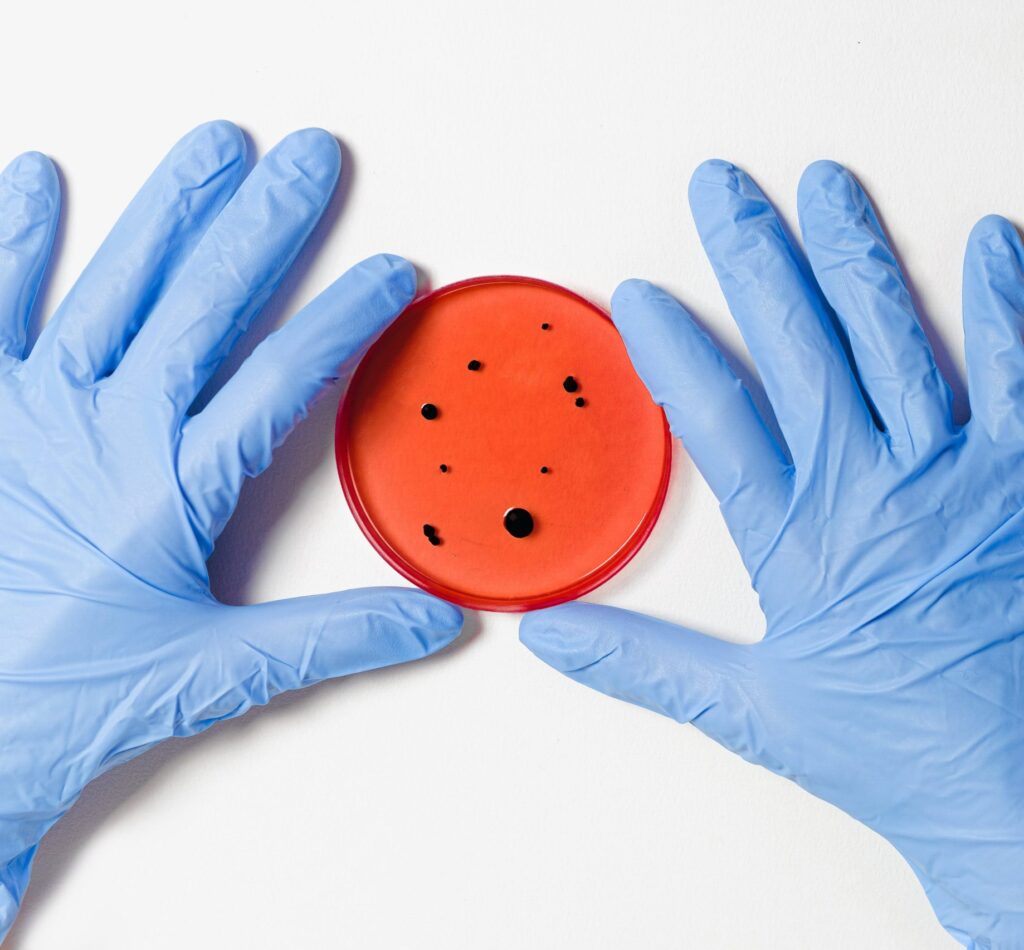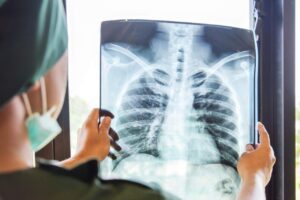Among the various pathogens that can exacerbate bronchiectasis, Pseudomonas aeruginosa stands out as a particularly concerning bacterium. Pseudomonas infections in bronchiectasis can significantly impact the disease progression and overall quality of life for patients. Understanding the nature of this infection is crucial for effective management and improved outcomes.
The Threat of Pseudomonas Infection
Pseudomonas aeruginosa is a ubiquitous, opportunistic bacteria known for its ability to thrive in diverse environments, including soil, water, and healthcare settings. In bronchiectasis patients, Pseudomonas infection poses a serious threat due to its tendency to colonize the damaged airways and form biofilms – these are resilient communities of bacteria protected by a type of natural armor which resists antibiotic penetration. This biofilm formation makes Pseudomonas infections notoriously difficult to eradicate and contributes to persistent inflammation and recurrent exacerbations in bronchiectasis.
Risk Factors
Several factors increase the risk of Pseudomonas infection in bronchiectasis patients. These include:
- Severity of bronchiectasis: The extent of airway damage correlates with the likelihood of bacterial colonization, with more severe bronchiectasis predisposing patients to Pseudomonas infection.
- Frequent exacerbations: Recurrent episodes of exacerbation provide opportunities for Pseudomonas colonization and proliferation within the airways.
- Prior antibiotic use: Prolonged or repeated courses of antibiotics can disrupt the normal bacterial balance in the lungs, creating an environment conducive to Pseudomonas overgrowth.
- Chronic use of corticosteroids: Long-term steroid therapy can weaken the immune response and promote bacterial colonization, including Pseudomonas.
- Underlying immune dysfunction: Conditions such as primary ciliary dyskinesia or immunodeficiency disorders can impair the body’s ability to fight off bacterial infections, including those caused by Pseudomonas.
Symptoms and Complications
Pseudomonas infection in bronchiectasis can manifest with symptoms typical of exacerbations, including increased cough, mucus production, breathlessness, and fatigue. However, these symptoms may be more severe and prolonged compared to exacerbations caused by other bacteria. Additionally, Pseudomonas infections are associated with a higher risk of complications, such as lung abscesses, hemoptysis (coughing up blood), and respiratory failure, which can significantly impact your prognosis and necessitate aggressive management strategies. We often suspect Pseudomonas when you are not responding to typical antibiotics used for treating lung infections.
How do we diagnose it?
Diagnosing Pseudomonas infection in bronchiectasis requires a comprehensive approach, including clinical evaluation, sputum culture, and imaging studies. Accurately identifying Pseudomonas colonization can be challenging as it may not always grow from sputum samples and the presence of other bacteria and yeasts may suppress its growth when we culture your sputum in the lab. On occasion we will recommend a bronchoscopy (flexible camera inserted through your mouth into the lungs) to get deep lung washings to ensure we have not missed it. This is particularly important if you are having a prolonged infection that does appear to be settling down. Newer techniques, such as polymerase chain reaction (PCR) assays targeting specific Pseudomonas genes, may offer a better sensitivity to detect pseudomonas.
How do we treat it?
The management of Pseudomonas infection in bronchiectasis involves a multifaceted approach aimed at suppressing the bacteria where it cannot cause a problem, controlling inflammation, and preventing exacerbations. When you first grow pseudomonas it may be possible to eradicate it completely but it has a high likelihood of returning in the future. This often includes:
- Antibiotic therapy: May be oral, intravenous or inhaled. Antibiotic treatment is prescribed based on sputum culture results and antibiotic sensitivity testing. Inhaled antibiotics, such as tobramycin, aztreonam or colistin, may be used to directly target bacteria within the airways while minimizing systemic side effects.
- Airway clearance techniques: Regular physiotherapy, including techniques such as chest percussion and postural drainage, helps mobilize and remove excess mucus, reducing bacterial colonization and the risk of exacerbations.
- Immunization: Annual influenza vaccination and pneumococcal vaccination are recommended to prevent respiratory infections and complications in bronchiectasis patients. If you are 60 years or older, an RSV vaccination is also recommended.
- Long-term monitoring: Regular follow-up visits with your doctor is essential to monitor the sputum culture results, adjust treatment regimens, and address any emerging complications promptly.









